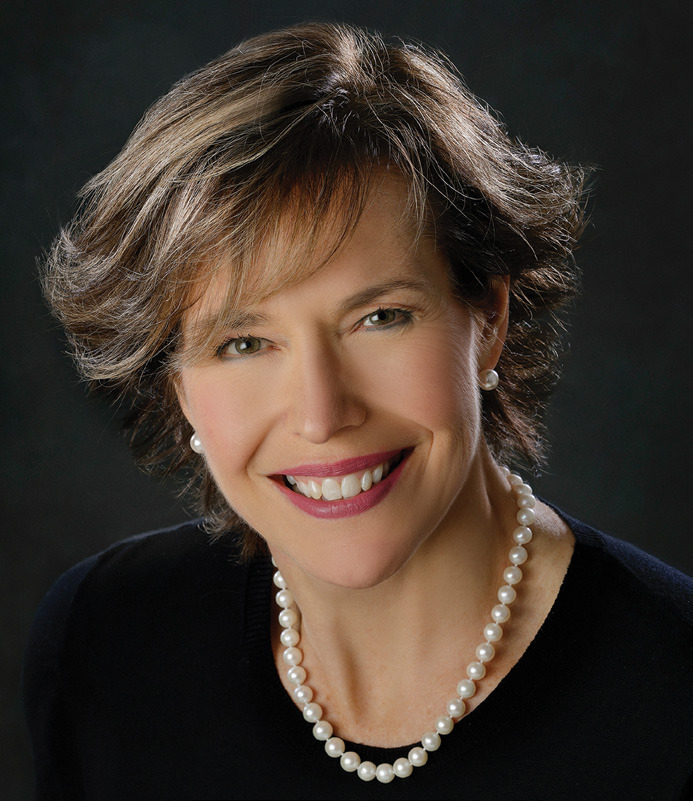Spring 2023 (Volume 33, Number 1)
Is Professional Fulfillment the
Wellness and Sustainability Solution?
Exploring the Relationship Between
Professional Fulfillment, Burnout, and
Sustainability Among Canadian Physicians
By Taylor McFadden, PhD; Caroline Gérin-Lajoie, MD; and Christopher Simon, PhD
(Canadian Medical Association, Physician Wellness and Medical Culture Team)
Download PDF
 |
 |
 |
| Taylor McFadden, PhD |
Caroline Gérin-Lajoie, MD |
Christopher Simon, PhD |
Disclosure: The opinions and conclusions expressed are the writers’ own and are not those of the Canadian Medical Association.
What keeps physicians going, through the pandemic
and beyond, despite the long hours and
challenging work environments? Does professional
fulfillment (PF) — which encompasses happiness,
meaningfulness, contribution, self-worth, satisfaction,
and joy in medicine — provide the necessary drive? Can PF
mitigate against burnout or the temptation to reduce clinical
hours or leave the profession altogether? The Stanford
Model of Professional Fulfillment, one of the most well-known
in the area of physician wellness, recognizes the
importance of PF by placing it in the model’s centre and
surrounding it with three key pillars: personal resilience,
a culture of wellness, and efficiency of practice. However,
during the COVID-19 pandemic in Canada, what were
the links between PF, burnout, and intention to leave the
profession? The Canadian Medical Association (CMA)
conducted the 2021 National Physician Health Survey
(NPHS) to provide some insight into these questions.
Why Is Professional Fulfillment So Important in
Medicine?
Professional fulfillment is the intrinsic positive reward
we derive from our work. While research on PF in medicine
is somewhat limited, the concept of intrinsic motivation
has been widely studied and has been positively
linked to wellness, optimal functioning, productivity,
and behaviour change/maintenance. When we experience
inherent satisfaction and enjoyment from doing
something, we feel good and are motivated to continue
doing it. Considering this, we hypothesized that PF could
mitigate burnout and positively influence sustainability
in medicine.
The CMA NPHS, which is administered on a three-to-four-year cycle, measures and tracks physician wellness
indicators over time, as well as wellness-related behavioural
and occupational factors. The 2021 iteration of the
NPHS includes the first national professional fulfillment
data among Canadian physicians. For full details on the
methodology, participant characteristics, prevalence data,
and the questionnaire, see the "2021 National Physician
Health Survey – Foundational Report" available at cma.ca/sites/default/files/2022-08/NPHS_final_report_EN.pdf.
Results from the 2021 NPHS revealed that 79% of physicians
and medical residents score low on PF, with only
21% scoring high
(N = 3864). In line with our hypothesis,
further analyses indicated that low PF is a leading driver
of burnout and increases the likelihood that a physician
will reduce their work hours (p < 0.05). Indeed, the 2021
NPHS binomial logistic regression analyses identified PF
as one of the strongest drivers of burnout, which aligns
with previous research. That is, those who score low on
PF are 2.5 times more likely to experience burnout. Moreover,
physicians who score low on PF are 1.5 times more
likely to say they intend to reduce their work hours in the
next 24 months. This has also been found previously and
is quite concerning given Canada’s healthcare crisis and
challenges with physician shortages and access to care,
which are increasingly reported in the media. See "From
data to action: Understanding the drivers of physician
wellness" (available at cma.ca/sites/default/files/2022-11/NPHS-Regression-Analysis-EN.pdf) for full details on the
regression analyses.
How Do We Enhance Professional Fulfillment to
Promote a Sustainable Workforce?
The 2021 NPHS results also offer some insight into ways
that PF can be enhanced, including increasing opportunities
to accomplish worthwhile tasks, ensuring physicians
feel that they are positively influencing other
people’s lives, optimizing time spent working closely
with patients (and reducing time devoted to administrative
tasks), making sure professional values are aligned
with those of the department, increasing control over
workload, promoting a collegial workplace, increasing
job satisfaction and reducing fatigue, stress and burnout
levels. Targeting organizational factors (e.g., reducing
administrative load) and workplace culture (e.g., enhancing
collegiality) to promote professional fulfillment
and reduce burnout are consistent with recommendations
made by others.
Where Do We Go From Here?
While the fundamental system-level changes that need to
occur to improve physician wellness, professional fulfillment
and healthcare sustainability may take time, many
of the suggestions above can be readily implemented at
the local levels. The findings from the 2021 NPHS, that
low PF is a driver of burnout and increases the likelihood
that a physician will reduce their work hours, is simply a
starting point and future research in this area is recommended.
Additional questions that warrant further investigation
include:
- What factors promote and hinder PF in medicine
(e.g., administrative load, quality of leadership,
meaningful recognition, equitable remuneration,
etc.)? Among them, which is the strongest?
- Does increasing PF decrease burnout and increase
retention?
- What is the link between low PF and other outcomes
such as quality care, patient experience, physician
productivity, recruitment, and retention?
To conclude, professional fulfillment is a factor that
researchers, healthcare organizations, and stakeholders
should focus on moving forward, as a potential solution
to wellness challenges experienced by Canadian physicians
and to the health workforce crisis we are facing
today.
Taylor McFadden, PhD
Senior Research Advisor,
Physician Wellness & Medical Culture,
Canadian Medical Association
Ottawa, Ontario
Caroline Gérin-Lajoie, MD
Executive Vice-President,
Physician Wellness and Medical Culture,
Canadian Medical Association
Ottawa, Ontario
Christopher Simon, PhD
Director,
Physician Wellness and Medical Culture,
Canadian Medical Association
Ottawa, Ontario
References:
Angus Reid Institute. (2022). Doc Deficits: Half of Canadians either can’t find a doctor or can’t
get a timely appointment with the one they have. Available at https://angusreid.org/canada-health-care-family-doctors-shortage/. Accessed February 27, 2023.
Burns KE, Pattani R, Lorens E, et al. (2021). The impact of organizational culture on professional
fulfillment and burnout in an academic department of medicine. Plos one.16(6). Available at
https://journals.plos.org/plosone/article?id=10.1371/journal.pone.0252778. Accessed February
27, 2023.
Canadian Medical Association. (2022). CMA 2021 National Physician Health Survey. Available at
https://www.cma.ca/sites/default/files/2022-08/NPHS_final_report_EN.pdf. Accessed February
27, 2023.
Canadian Medical Association. (2022). From data to action: Understanding the drivers of physician
wellness. Available at https://www.cma.ca/sites/default/files/2022-11/NPHS-Regression-Analysis-EN.pdf. Accessed February 27, 2023.
Olson K, Marchalik D, Farley H, et al. (2019). Organizational strategies to reduce physician burnout
and improve professional fulfillment. Current problems in pediatric and adolescent health care,
49(12). Available at https://www.sciencedirect.com/science/article/abs/pii/S1538544219301051.
Accessed February 27, 2023.
Ryan RM & Deci EL (2017). Self-Determination Theory: Basic psychological needs in motivation,
development, and wellness. Guilford Publications.
Stanford Medicine. (2023). Self-Assessment: Evaluating your well-being. Available at https://wellmd.stanford.edu/self-assessment.html. Accessed February 27, 2023.
Stanford Medicine. (2016). The Stanford Model of Professional Fulfillment. Available at https://wellmd.stanford.edu/about/model-external.html. Accessed February 27, 2023.
|




